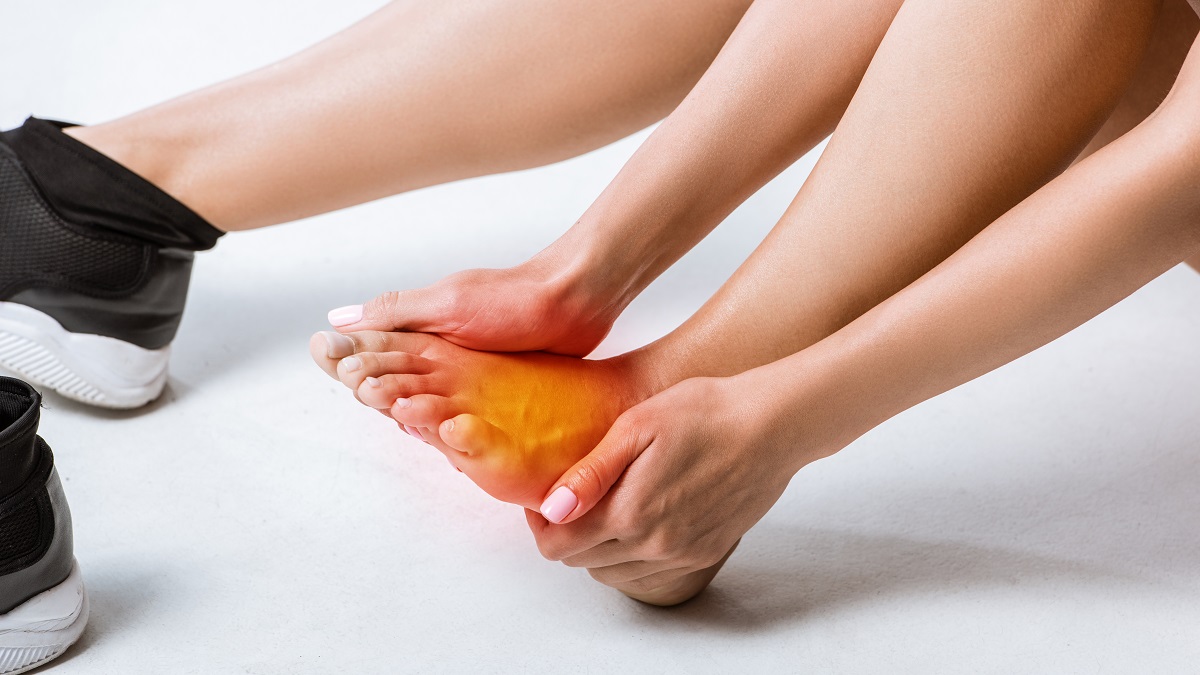It has recently come to my attention that there is another condition that is commonly found in a number of fibromyalgia patients. The condition is called “postural orthostatic tachycardia syndrome,” P.O.T.S., also known as postural tachycardia syndrome. The condition is caused by a change from the supine (face down) position to an upright position causing an abnormal increase in heart rate. The increase can range from 30 beats per minute for adults to an increase of 40 beats per minute for people ages 12 to 19. There is no change in blood pressure. Symptoms are relieved by reclining.
Common symptoms of this syndrome are fainting, lightheadedness, headaches which can be migraine, chronic fatigue, sleep disturbances, palpitations, chest discomfort, shortness of breath, weakness, and blurred vision.
There appears to be a significant relationship between this syndrome and chronic fatigue syndrome in as many as 50% of the cases. Because of this relationship this health condition is therefore considered an additional problem that fibromyalgia patients must consider and deal with.
Click Here to Visit the Store and find Much More….
The bad news is that the mechanism of POTS is poorly understood. Genetics likely plays a role. It can be triggered by a recent viral illness, physical deconditioning, or chronic fatigue syndrome. POTS may also be triggered by secondary conditions including chronic diabetes or gastrointestinal disorders.
Treatments should begin with non-pharmaceutical forms including increasing water intake (8 to 10 cups daily) and increased salt unless a blood pressure problem. Large meals usually worsen the condition. Smaller meals, no alcohol, lower carbohydrate consumption, reduced caffeine are all suggested natural treatments. Reduced exposure to extreme heat, a problem for those living in Arizona, along with reduced physical activity should be part of your treatment.
As of 2013, no medication has been approved by the U.S. Food and Drug Administration.
Prognosis is good when managed appropriately with the suggestions already mentioned. Often symptoms improve within five years of diagnosis and many return to their original level of functioning. However, if POTS is caused by another condition, it depends on the prognosis of the other disorder.

Click Here to Visit the Store and find Much More….
For More Information Related to Fibromyalgia Visit below sites:
References:
Fibromyalgia Contact Us Directly
Click here to Contact us Directly on Inbox
Official Fibromyalgia Blogs
Click here to Get the latest Chronic illness Updates
Fibromyalgia Stores






